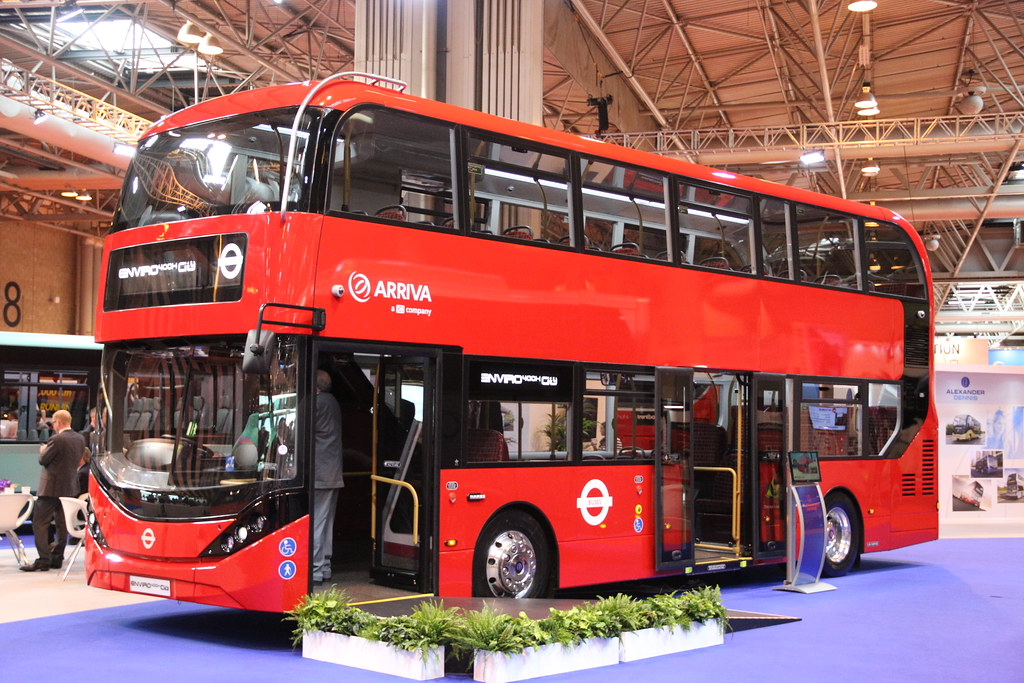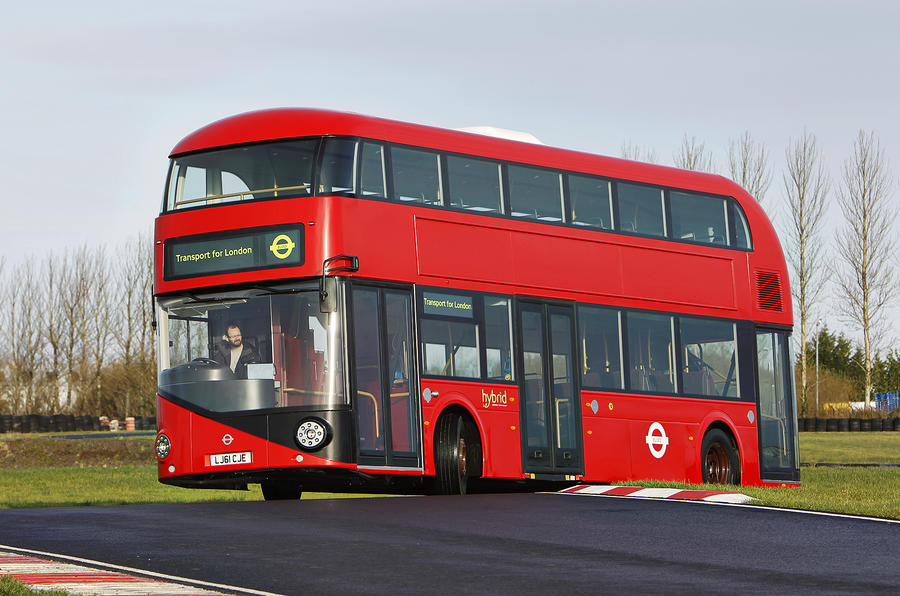TheGrandWazoo
Veteran Member
I think the numbers are 1bn bus journeys in Paris versus 2.4bn in London. Rome is far smaller than London, and most Italian cities seem to have straight, wide roads (where buses go down) and narrow streets (where they don't)
Maybe the question could be turned around, why don't European cities use double deckers? Maybe they have too many low bridges?
Perhaps the question is why you keep moving the goalposts? First of all, it was comparable European cities, then ones of the same size, and now it's about number of passenger journeys.
However, to echo one of the above posters....have you actually visited these places?
Firstly, most Italian cities DON'T have straight wide roads. They weren't heavily bombed in the war so haven't been heavily rebuilt and don't have massive wide boulevards. Even a cursory glance at Google Maps tells you places like Rome and Milan don't have that type of central road network but an archaic one. If you travel to Paris, you will see bendi's cheerfully making their way through busy streets.
Most European cities have fewer low bridges and overhead obstructions. They still need to get commercial vehicles into the centre so that's not a consideration.
Lastly, the difference in passenger ridership between Paris and London is probably an argument for higher capacity vehicles not smaller ones.
--- old post above --- --- new post below ---
Yes, bridges tend to be lower.
Sent from my iPad using Tapatalk
The national limit is lower (hence why endless Lodekkas and VRs are lowered to comply with C&U regs) but IME, the number of overhead obstructions is considerably fewer in the major European cities.
The reason why deckers tend to appear in Asian cities such as Hong Kong or Singapore is more to do with historical reasons. Senior managers in those businesses tended to hail from the colonial mother country and so deckers were more prevalent. Indeed, there has been a long history of vehicles being exported from the UK for service there throughout the 1950s up until the 1980s
Last edited:



